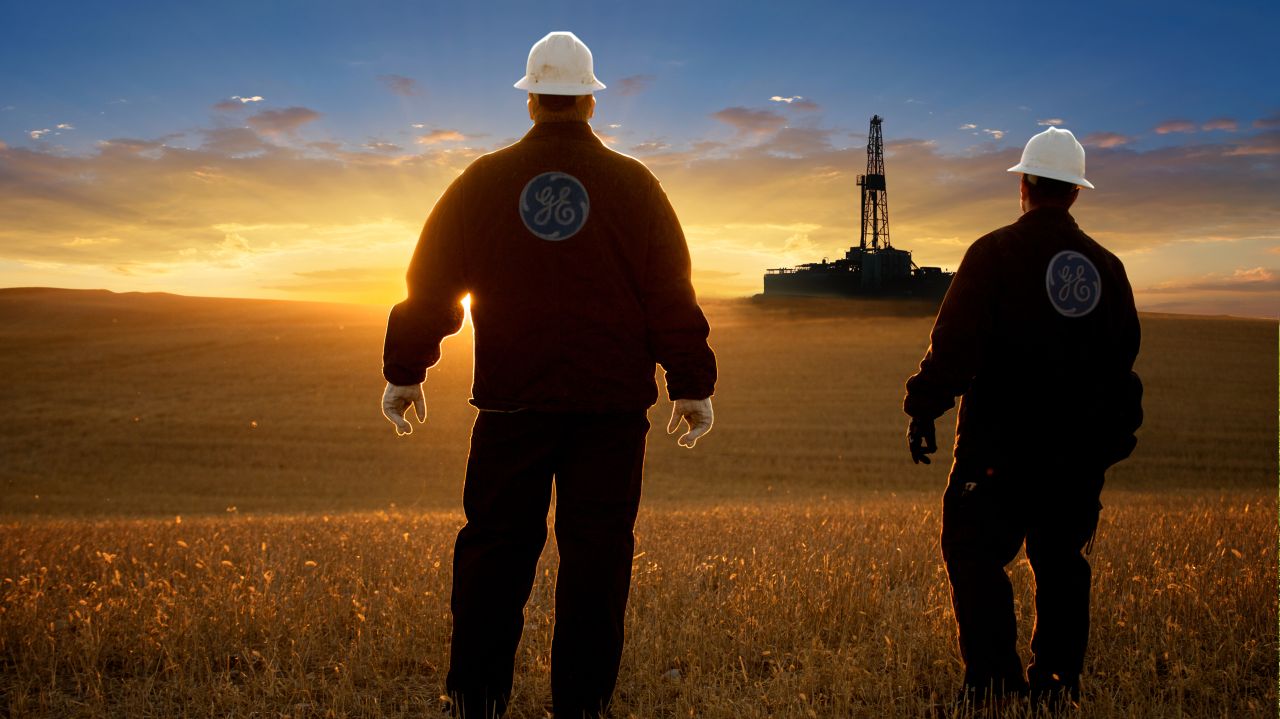Why Industry 4.0 is the next big thing for IoT
It's not all about consumers

Think about IoT (Internet of Things) and that conjures visions of smart homes, driverless cars and smart cities. But the segment where IoT might have the biggest impact could well be in warehouses and depots, places that consumers rarely see. GE and a few others have called it the Industrial Internet otherwise known as Industry 4.0.
Bill Ruh, VP of GE Software, told us how the US-based company decided to embrace IoT. "Five years ago", he told me, "the company's CEO said that we needed to do something in the field of IoT".
"We took 1200 specialists onboard and invested $1bn since 2011 to reach where we are today". GE currently has 10,000 developers across the company that help develop digital solutions and while that is a tiny fraction of the overall headcount (GE employs more than 300,000 people globally), it still generates billions in revenues already.
Ruh says that this is generated by "40 applications" but don't be fooled by the name, these are not your bog standard, apps from Google Play. Instead, they are solutions developed for vertical markets that allow partners to identify opportunities.
IoT, but not as you knew it
As fluffy as it sounds, it is the closest I could get to what it actually is. Perhaps an example would help. Ruh told me that using sensors to improve efficiency on wind turbines for example improved efficiency by 5%, which, as small as it might sound is actually quite impressive given that there was no need to change the hardware to achieve that.
Energy generation is not the only segment where IoT will have an impact. The world of heavy equipment, shipping, supply chain management, telecommunications and automotive are all ripe for disruption given the right partners, either system integrators or service providers.
The key, he added, is to have the right people and giving them an insight on machine data, building new features and new services on top of the software. Big data is only useful if it can add something to the overall picture.
Are you a pro? Subscribe to our newsletter
Sign up to the TechRadar Pro newsletter to get all the top news, opinion, features and guidance your business needs to succeed!
Ruh stressed the importance of finding the right partners. "We're not competing with their businesses" before adding that GE has the domain knowledge and technology "specific to the industry world", which allows the US company to "move on quickly".
"You cannot go in markets without domain knowledge", he quipped. When probed on trends that he sees within the Industrial IoT market, GE's VP named two.
One where industrial IoT is based on specific applications and where the focus is on the application. "No more application for application's sake" he suggested, in a way similar to ERP.
All about collaboration
That will be custom developed and companies are already budgeting for that. The example he provided was that of monitoring and diagnostic. "This has an instant impact". It helps improve the relationship with the customer and brings in customer revenue.
The second trend is about zero unscheduled downtime. "Imagine if electricity never goes out in a storm, that's not as far-fetched as it seems", he remarked. We're only five to ten years from a state where efficiency gains will approach 100 per cent efficiency.
As a conclusion, he said, "we view, in the future, the industrial world revolving across industrial cloud", one that connects, analyses and provides insights in an industrially oriented way.
There's isn't one IoT market but several of them. The big challenge will be how to get them to communicate with each other, these vertical IoT markets will need all the regulatory framework they can get to sort out security, compatibility and connectivity conundrums.

Désiré has been musing and writing about technology during a career spanning four decades. He dabbled in website builders and web hosting when DHTML and frames were in vogue and started narrating about the impact of technology on society just before the start of the Y2K hysteria at the turn of the last millennium.